#Impala
1965 Impala Hell Project Part 1: So It Begins
As I explained in the introduction to this series last week, I’m finally tackling the story of the most significant car I’ve ever owned. This ’65 Impala went through ten years, 100,000 miles, and many conceptual shifts during its time with me, but it all started out as my attempt to make an art car that wasn’t A) lame and B) contemptuous of the idea of the car itself.
Impala Production Shifts To Detroit, Creates "Nervousness" In Oshawa
When I visited GM’s Detroit-Hamtramck Assembly plant back in October, I was greeted with a few surprises. One was a small fire that flared briefly on my sweater after a cinder from the Volt’s body-welding station struck me. The other was the sight of GM’s latest, most high-tech green car being assembled on a line that was filled with GM’s oldest-school dinosaur cars, the Cadillac DTS and Buick Lucerne. The scene was no doubt intended to inspire appreciation for the changing face of GM, but the scarcity of Volts amid the oceans of giant front-drive barges (production was just beginning) made it clear that it would be a while before Volt production would occupy much of the sprawling facility. With the DTS and Lucerne headed for retirement, the new 2013 Malibu will be taking up residence at Detroit-Hamtramck later this year, even as Volt production capacity is increased to hit next year’s 60k unit goal. And now GM is announcing that the next generation of Chevy Impala will be built at Detroit-Hamtramck as well, leaving folks in Oshawa saying “eh?” (or words to that effect).
Art Car to Daily Driver to Drag Racer: 10 Years of My 1965 Impala Hell Project
I put in four years and thousands of posts at Jalopnik, writing about most of my formative cars… but never once did I write the story of the car that served me longest, gave me the most miles, endured the most engine swaps, and generally laid claim to a bigger piece of my heart than all the rest of my motley lifetime fleet combined: a 1965 Chevrolet Impala sedan, built at the long-defunct South Gate Assembly Plant in Los Angeles, equipped with a 283/Powerglide drivetrain, and painted Artesian Turquoise. Today, at last, the story begins.
Down On The Mile High Street: 1967 Chevrolet Impala
With all the relatively solid big Detroit cars from the 1960s getting eaten by The Crusher in these days of $4/gallon gasoline and $250/ton scrap steel prices, how does a rough survivor like this sedan manage to stay out of the Chinese steel foundries?
Time Traveler '68 Impala SS Convertible Wakes Up In Denver
I see a fair number of total beater 1960s Detroit convertibles on the street, and nicely restored examples show up from time to time, but I’m not sure what to make of this clean-but-nowhere-near-show-quality Impala SS parked on a freezing night in downtown Denver.
Curbside Classic: GM's Greatest Hit #3 – 1979 Chevrolet Caprice Classic
[Here’s my other contribution to Panther Appreciation Week; my prior Panther CC is here]
In the long, strange and sometime tortured evolution of the classic large American sedan since WWII, there are exactly two moments when that species really hit the mark: The 1955 and 1977 Chevrolets. Everything else was fun to look at, fantasize about, ridicule, look back on with rose-colored glasses, or endlessly debate about. Yes, the fins of the late fifties were amusing, as was the build quality. And the endless bloat of the late sixties through the mid seventies may have generated some memorable childhood impressions, but cancer isn’t exactly a sustainable model upon which to base the family sedan. But just as the whole segment was about to metastasize into utter irrelevance, GM gulped the chemo, and built the finest and final expression of the genre.
Malibu Dreaming: Why Can't Chevy's Mid-Sizer Vanquish the Impala?
It looks like the Malibu is finally outselling the Impala. There’s been a lot of discussion, here on TTAC and elsewhere, as to why that hasn’t been the case all along. After all, the Malibu is the shining example of New GM’s ability to compete on an even footing in the marketplace with relevant, modern product, while the Impala was originally engineered in 1986 and has an interior made entirely of recycled Tupperware. Every “car person” in your life, from the neighbor kid who drives a slammed Civic EX Coupe to your IMSA Patron GT3 Cup-racing podiatrist, knows the Malibu is the smart choice.
I’ve been driving GM10 and W-body cars since I first rented a 1990 Cutlass Supreme sedan for a Spring Break trip (to Chicago, dammit, not Daytona Beach) twenty years ago, and I know them pretty well. It had been a while since I’d driven a ‘Bu, however, so I snagged an el-cheapo 1LT 2.4L/six-speed from Budget Rent-A-Car and put 1100 miles on it over the course of four days. Perhaps the Malibu would explain to me why it hasn’t left its ancient showroom mate in the dust.
Ask the Best And Brightest: B-Body or Panther?
The comments on yesterday’s review of the Caprice Classic Estate reminded me how fundamentally deep the Ford-vs-Chevy rivalry is among American auto enthusiasts. Even in the modern era, when both iconic brands are on the run from Toyota, Hyundai, and (soon) the Chinese, there’s still time to catch one’s breath and take a swing at the other guy.
So. The “Panther” platform is scheduled for termination within the next year or so. The General Motors B-body departed nearly a decade and a half ago. There will likely never be another American car of the size and proportions of those two. Which was your favorite? My thoughts, and a link to a credible source, after the jump.
Piston Slap: Mikey Likey The Black Impala
Longtime TTAC Commentator mikey writes:
Sajeev I have a 2009 black Impala and I plan to keep it a long, long time. I’ve always been a twice-yearly wax guy. Black paint is always different. Should I wax twice yearly? Do I need to buy different wax?



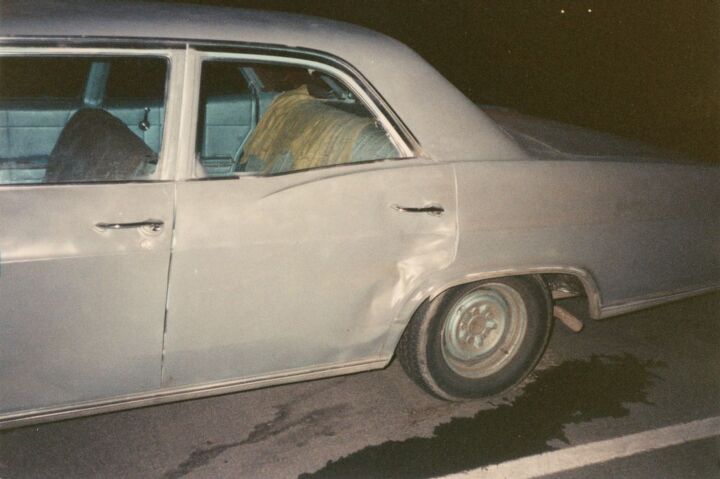

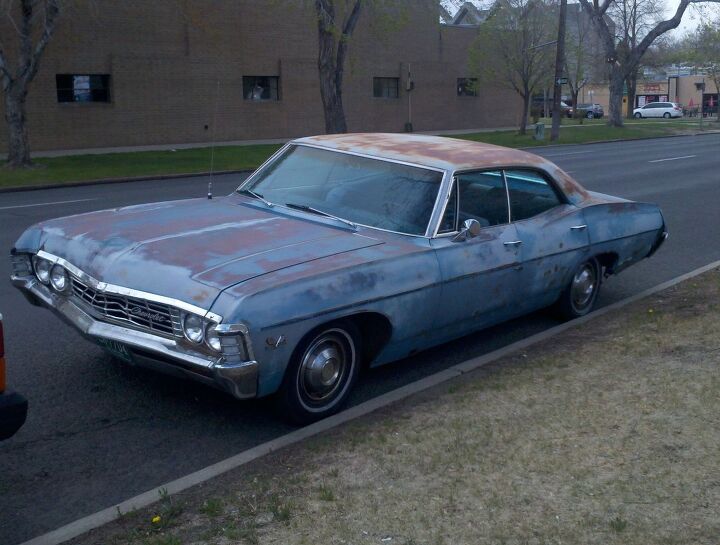
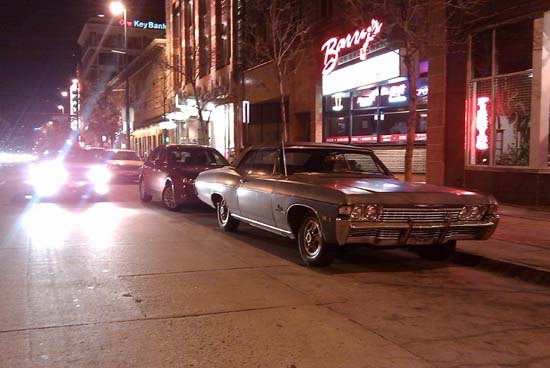
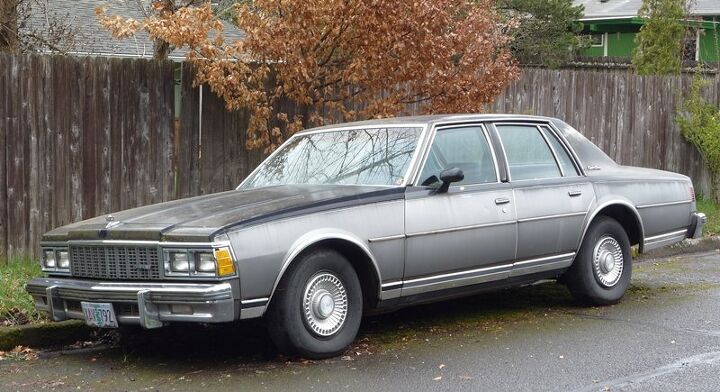
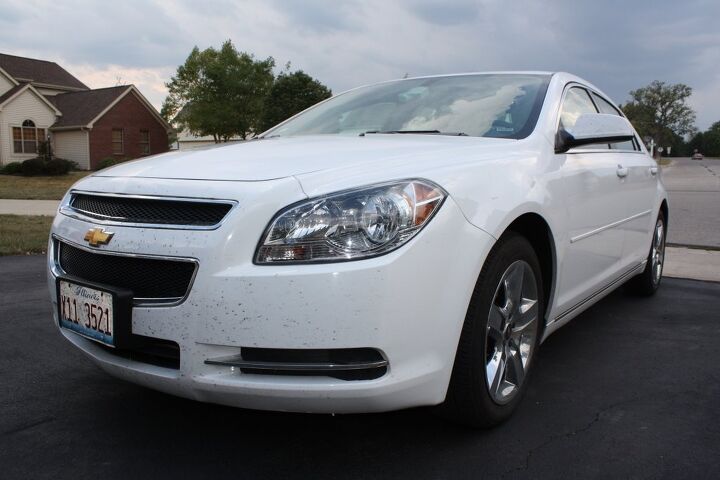

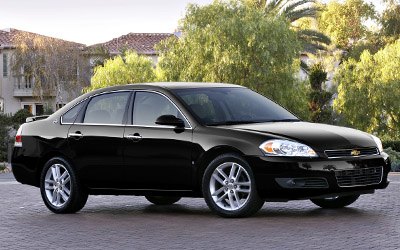

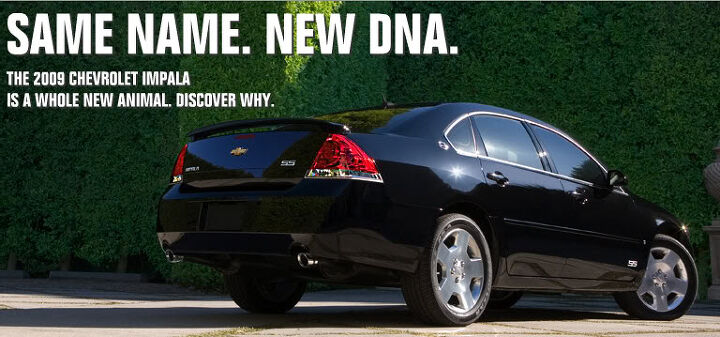












Recent Comments